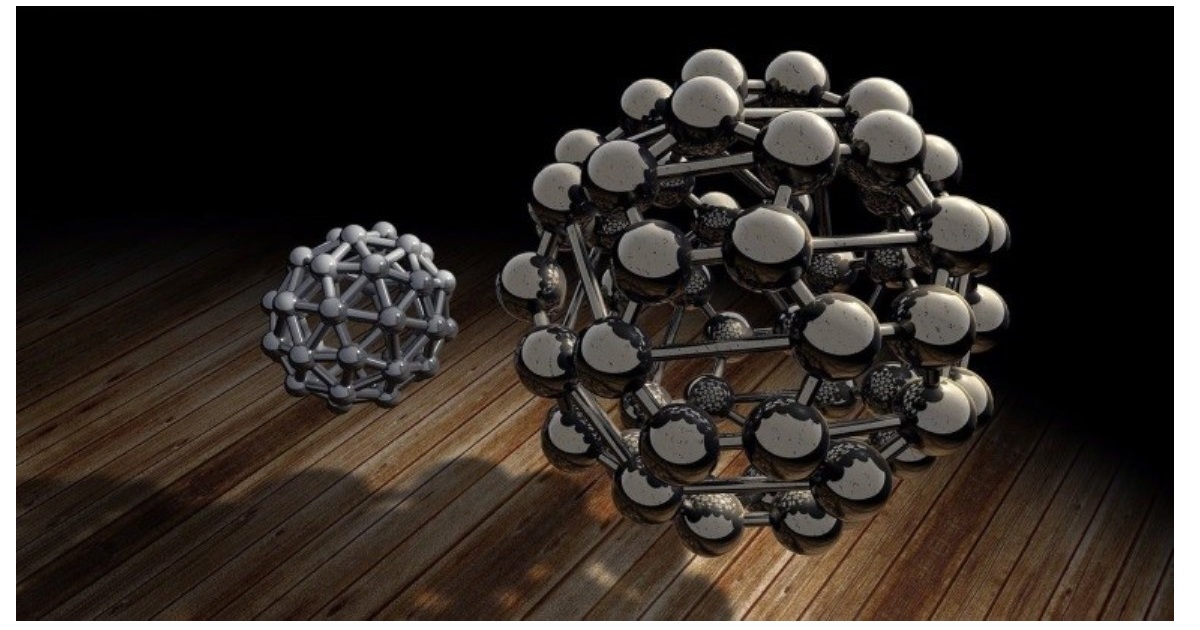- 3.2Impact Factor
- 6.4CiteScore
- 16 daysTime to First Decision
Microstructure Characterization and Properties of Intermetallic Alloys/Amorphous Alloys
This special issue belongs to the section “Metals and Alloys“.
Special Issue Information
Dear Colleagues,
Satisfying the constantly and rapidly growing need for novel materials with possible industrial applications is one of the most important challenges for science today. In particular, intermetallic compounds, which are solid phases involving two or more metallic elements whose crystal structure is different from that of their constituents, have recently been of interest due to their unique chemical, magnetic, and superconducting properties as well as their increased strength. Moreover, amorphous alloys have sparked substantial interest because of their possible applications for shape-memory alloys and coatings as materials for biotechnology and hydrogen storage.
Special Issue welcomes contributions focused on the characterization of the microstructural of the intermetallics and the amorphous alloys.
Dr. Joanna Czub
Guest Editor
Manuscript Submission Information
Manuscripts should be submitted online at www.mdpi.com by registering and logging in to this website. Once you are registered, click here to go to the submission form. Manuscripts can be submitted until the deadline. All submissions that pass pre-check are peer-reviewed. Accepted papers will be published continuously in the journal (as soon as accepted) and will be listed together on the special issue website. Research articles, review articles as well as short communications are invited. For planned papers, a title and short abstract (about 250 words) can be sent to the Editorial Office for assessment.
Submitted manuscripts should not have been published previously, nor be under consideration for publication elsewhere (except conference proceedings papers). All manuscripts are thoroughly refereed through a single-blind peer-review process. A guide for authors and other relevant information for submission of manuscripts is available on the Instructions for Authors page. Materials is an international peer-reviewed open access semimonthly journal published by MDPI.
Please visit the Instructions for Authors page before submitting a manuscript. The Article Processing Charge (APC) for publication in this open access journal is 2600 CHF (Swiss Francs). Submitted papers should be well formatted and use good English. Authors may use MDPI's English editing service prior to publication or during author revisions.
Keywords
- microstructure
- characterization
- microstructural properties
- intermetallics
- intermetallic alloys
- amorphous alloys
- nanomaterials

Benefits of Publishing in a Special Issue
- Ease of navigation: Grouping papers by topic helps scholars navigate broad scope journals more efficiently.
- Greater discoverability: Special Issues support the reach and impact of scientific research. Articles in Special Issues are more discoverable and cited more frequently.
- Expansion of research network: Special Issues facilitate connections among authors, fostering scientific collaborations.
- External promotion: Articles in Special Issues are often promoted through the journal's social media, increasing their visibility.
- e-Book format: Special Issues with more than 10 articles can be published as dedicated e-books, ensuring wide and rapid dissemination.

